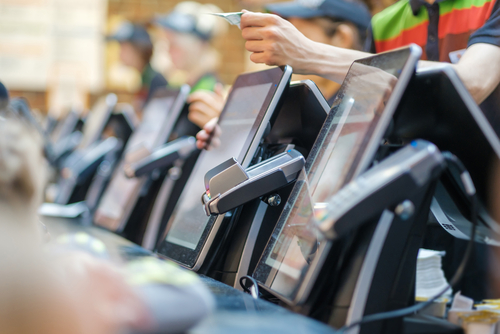
A new report from the Australian Bureau of Statistics (ABS) indicating a modest rise in growth has retailers cautiously optimistic.
The June result marks the third consecutive month of retail growth, with food retailing proving to be the driving factor.
Dominique Lamb, CEO of the National Retail Association suggested that while June’s modest growth of 0.4 per cent was encouraging, there was still a long way to go for the domestic industry.
“The entire retail landscape in Australia has changed dramatically, and retailers all over Australia have been pivoting their business models accordingly, including investing more time and resources into creating coordinated, omni-channel approaches and improving their fulfilment and delivery processes,” Lamb said.
The results suggest consumer confidence may be returning for the sector, paving the way for greater industry returns leading into the back half of 2018.
Food retailers saw an incremental increase that supported current industry trends, providing further stability for the sector.
“Food retailing has again led the charge with a 0.9 per cent increase, which reflects a very strong trend we’re seeing right across the sector,” Lamb said.
“Experiential retailing in general, which is highly focussed on food, has exploded and it has really become the foundation of all modern consumer habits.”
“Better technology and data analytics have allowed shopping centres and individual retailers to see and now really begin to understand people’s changing shopping preferences and habits, and we are seeing that reflected in the consistently good results in food retailing,”
According to the ABS figures, online retail turnover contributed 5.7 per cent of total revenue in original terms for the month of June, a rise from 4.1 per cent for the same period in 2017.
Lamb said the National Retail Association had been driving a number of consumer-focused retail initiatives, with the results indicating an impressive return.
“One of the reasons we’ve fought so hard on other issues like trading hours is to make sure that the legislation reflects these powerful consumer trends, and that retailers can open their bricks and mortar stores when consumers want to shop.”
“It’s all about giving retailers the proper regulatory framework that supports a dynamic industry, where retailers are able to remain relevant to modern consumers,” she said.
The ABS figures show that in seasonally adjusted terms, there were rises in Victoria (1.1 per cent), New South Wales (0.4 per cent), Western Australia (0.2 per cent), the Australian Capital Territory (1.2 per cent), and Tasmania (0.9 per cent). South Australia (0.0 per cent) was relatively unchanged in June 2018. There were falls in Queensland (-0.3 per cent) and the Northern Territory (-0.4 per cent).

